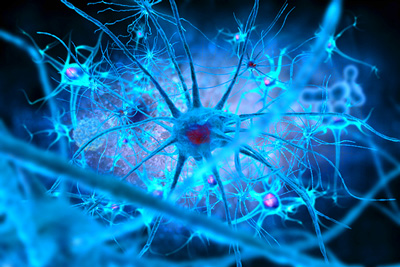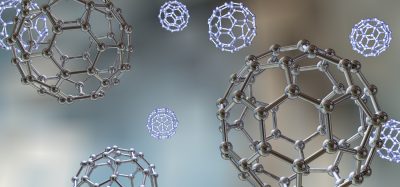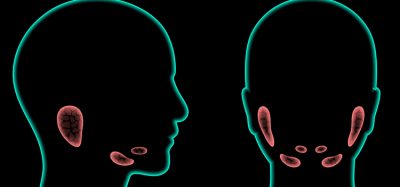Neural stem cell transplants show promise in Parkinson’s disease
Posted: 8 June 2016 | Victoria White, Digital Content Producer | No comments yet
A study has shown that grafting hpNSCs into non-human primates modelled with PD promoted behavioural recovery and increased dopamine concentrations…


A team of researchers testing the potential of cell therapy for treating Parkinson’s disease (PD) has found that grafting human parthenogenetic stem cell-derived neural stem cells (hpNSCs) into non-human primates modelled with PD promoted behavioural recovery, increased dopamine concentrations in the brain, and induced the expression of beneficial genes and pathways when compared to control animals not transplanted with stem cells.
The researchers also reported that the intracerebral injection and transplantation of hpNSCs was safe and well-tolerated for the two transplantation test animal groups with moderate to severe PD symptoms.
PD is characterised by a profound loss of function of the brain’s basal ganglia, resulting in a loss of dopamine neurons. While there are drugs, such as Levodopa (L-DOPA), that increase dopamine function and provide temporary clinical improvement in some symptoms, the drug can also cause serious side effects. Cell-based therapies are offering promise as an alternative. Experiments using stem cells have offered benefits in preclinical studies, but have also provided “a wide variety of patient outcomes,” said the researchers.
hpNSCs may open up “a new avenue”
This study used hpNSCs because the cells demonstrate characteristics of human embryonic stem cells, but are not sourced from viable embryos, which may be destroyed in the process. The researchers said that their previous studies with hpNSCs had shown that the cells could also be “chemically directed” to differentiate into multipotent neural stem cells and were able to be frozen for future use.
While the study was designed to determine whether the test animals showed greater improvement than the control group, researchers added that a longer outcome period than 12 months may have demonstrated continued improvement and divergence from controls.
“The use of neural stem cells derived from human parthenogenic cells may be a new avenue for treating a variety of conditions,” said Dr Paul Sanberg, distinguished university professor at the University of South Florida in Tampa Florida. “The study showed evidence of safety in using these cells, which is an improvement upon previous stem cell therapies that have shown some lineages may result in tumour formation. A follow-up study that further assesses the clinical potential of this approach for functional improvement may prove promising in future treatments for Parkinson’s disease.”
Related topics
Stem Cells
Related conditions
Parkinson's disease







